Absent Chinese tourists weigh on Asia-Pacific airlines’ recovery as regional travel rebound stumbles
[ad_1]
By comparison, airlines in Europe, North America and the Middle East are all forecast to post profit margins of 3.3 per cent or greater next year. Those in Latin America and Africa are expected to make losses.
Chinese tourists opt to stay home, denting Southeast Asia’s economic recovery
Chinese tourists opt to stay home, denting Southeast Asia’s economic recovery
With inflation and interest rates expected to stay high, keeping growth sluggish, the Asia-Pacific also has to deal with the “wild card” of geopolitics, warns Shukor Yusof, founder of Malaysia-based aviation advisory firm Endau Analytics.
Analysts say currency fluctuations risk denting the profits of airlines, which draw much of their income via foreign exchange. Carriers also need to translate cash flows into different currencies, but in Asia many of these are hurting from a strong US dollar.
Uneven recovery
This year started well and got better for global air travel, which has largely managed to shake off the dual blows of a pandemic that grounded global air travel and a Russian invasion of Ukraine that sent oil prices skywards, crushing consumer spending power.
Taken together, the airline industry is expected to post profits of US$23.3 billion this year, the IATA said, more than double what the trade body had forecast for the year in June.
“The recovery gained significant momentum as we went through the year. We were surprised by the early opening in China,” Walsh told reporters at IATA headquarters in Geneva.
“Most of the industry is cautiously optimistic towards the end of 2023 and looks forward to 2024.”
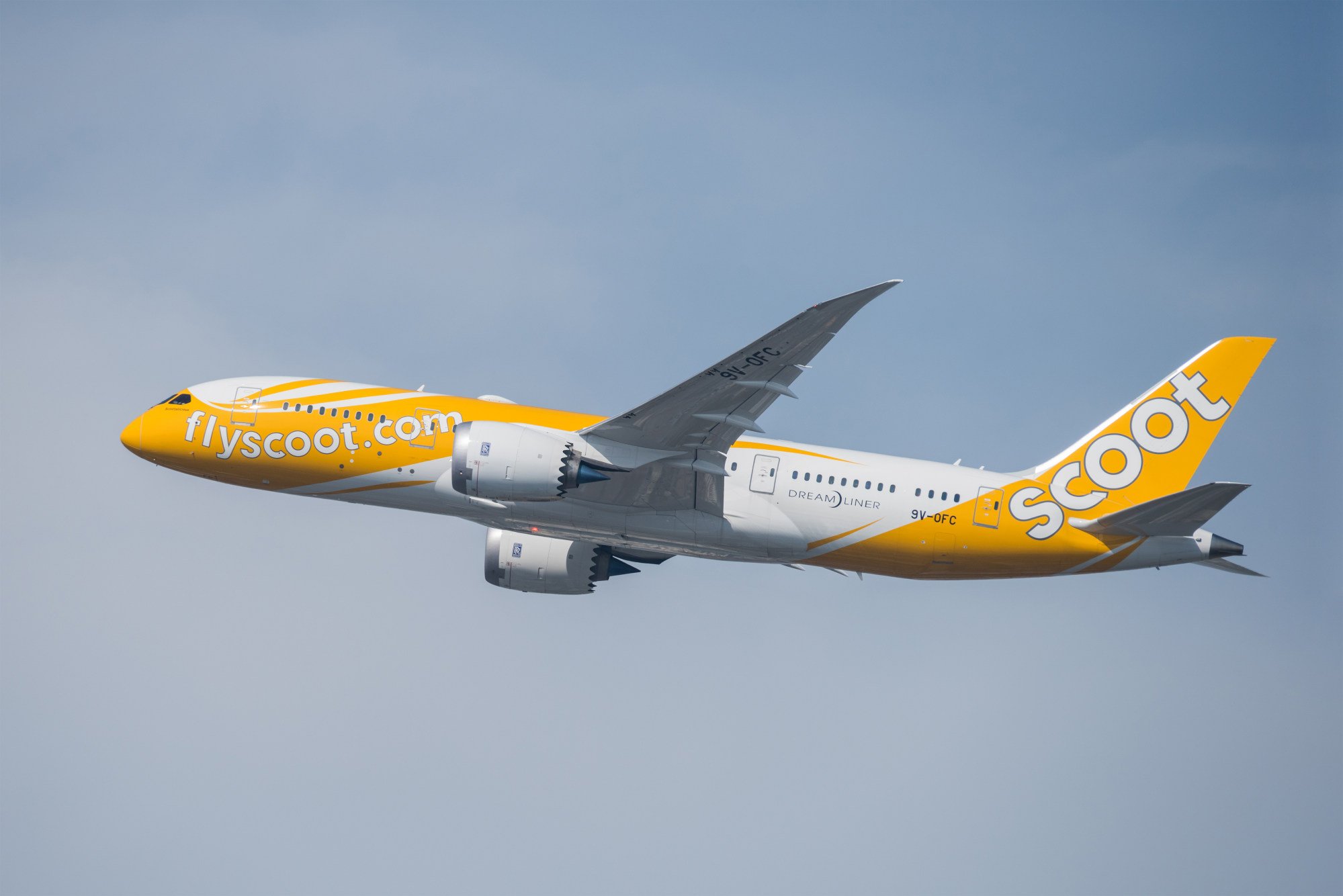
Among Asian carriers, the Singapore Airlines Group, which includes budget arm Scoot, has recovered the fastest. Strong travel demand helped the group to post a record interim net profit of S$1.44 billion (US$1.07 billion) for the six months to September-end, compared with S$927 million in the same period last year.
The group says it expects passenger capacity to reach about 92 per cent of pre-pandemic levels on average in December, as it aims to restore passenger capacity back to 2019 levels in the coming financial year.
Western airlines are also being hampered by a decline in their Asia business.
British Airways’ overall capacity for the year was 90 per cent of pre-pandemic levels. In a statement on its third-quarter results, the airline’s parent company International Airlines Group said “the remaining capacity shortfall to 2019 is principally attributable to the pace of capacity restoration in the Asia-Pacific region”.
Hong Kong’s Cathay Pacific expects first annual profit in 4 years
Hong Kong’s Cathay Pacific expects first annual profit in 4 years
It has resumed services to Shanghai and Beijing, flies to Hong Kong twice daily and now has 11 flights per week to Tokyo, increasing to two per day from March.
Though airlines’ route networks are recovering, what has yet to return to full health is travel demand, with consumers worried over the surging cost of living – and an uncertain future – becoming more frugal and less spontaneous.
Travel for work can be essential, as was the case for Yi Li Dawson, director of marketing and communications at Dorsett Hospitality International, who said reconnecting with staff in person after Hong Kong had reopened to the world in January was vital to her business – despite the airfares being much higher than in 2019.
We are still planning to travel. But I think we are having to be a lot more cost conscious
Holidays are a different matter, however, with more of a focus on getting the best deals. The 31-year-old said she had already planned and booked all her leisure travel for next year. A trip to Bali over Easter, for example, was switched to Phuket in Thailand due to air fares being nearly US$400 cheaper.
“We are still planning to travel. But I think we are having to be a lot more cost conscious,” she said.
Eyes on China
For many Asian carriers, China’s slower-than-expected travel rebound has inhibited their full recovery, leaving tourist hotspots from Phuket to Bali short of the high-season tourist surge they had pinned their hopes on to rescue the year.
China is the second largest airline market in the world, after North America, accounting for 9 per cent of all international air passenger demand before the Covid-19 pandemic – and 24 per cent of the Asia-Pacific’s international demand, making it the region’s primary source of tourists.
The IATA has said it expects international demand to and from China to recover next year, but analysts have warned that the mainland’s embattled property sector, a weakened yuan, high youth unemployment and febrile geopolitics may well drag on demand.
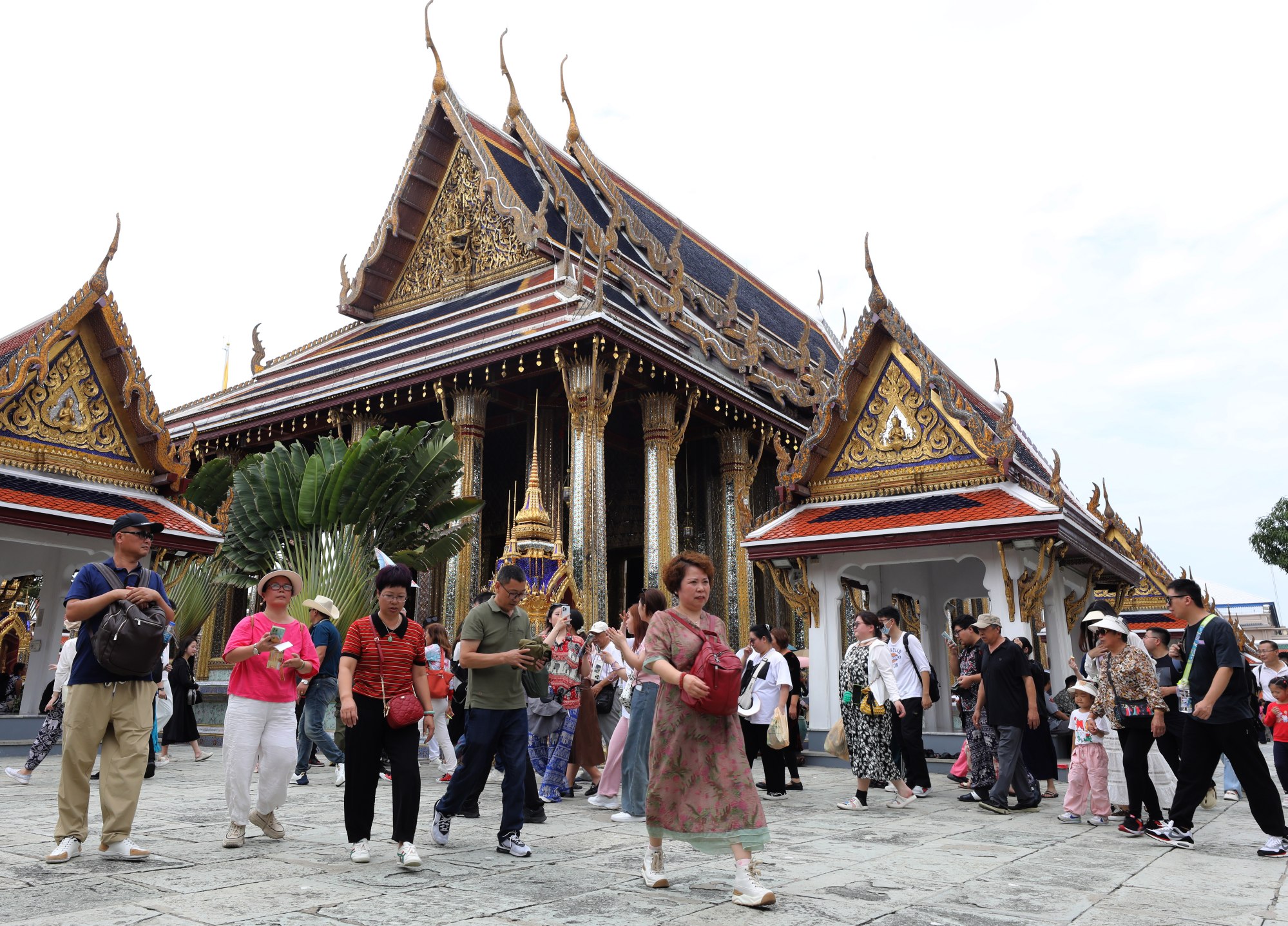
Subhas Menon, president of the Association of Asia-Pacific Airlines, said that all Asian carriers were waiting for China’s international demand to grow.
“I think macroeconomic factors affecting China also affect air travel [across Asia],” he said last month in Singapore.
“The property market, which was really making a lot of Chinese affluent, that’s gone bust … as well as cost of living issues. Inflation is also affecting the Chinese market. There’s unemployment, especially youth unemployment, [which] is very high in China.”
Leslie Thng, CEO of Scoot, added that the way Chinese tourists travelled had changed in the wake of the pandemic, with smaller groups and more solo travellers, which had affected how the airline marketed to mainland China.
“The team is working on how to engage the Chinese consumer in a different way instead of the traditional groups, but now doing more B2C [business to consumer], doing more small groups, doing more engagement, to entice them to travel to this part of the world,” he said.
We cannot wait for China. We have to survive
“We cannot wait for China. We have to survive,” Thai Airways CEO Chai Eamsiri told This Week in Asia last month at a meeting of the Association of Asia-Pacific Airlines, explaining his carrier’s pivot to Europe where demand is higher.
Thai Airways reported a group net profit of 1.54 billion baht (US$43.3 million) for the July-September quarter, rebounding from a loss of 4.79 billion baht during the same period last year.
It filed for bankruptcy protection in 2020 and originally aimed to complete its restructuring in 2025, but is now on track to do so in late 2024.
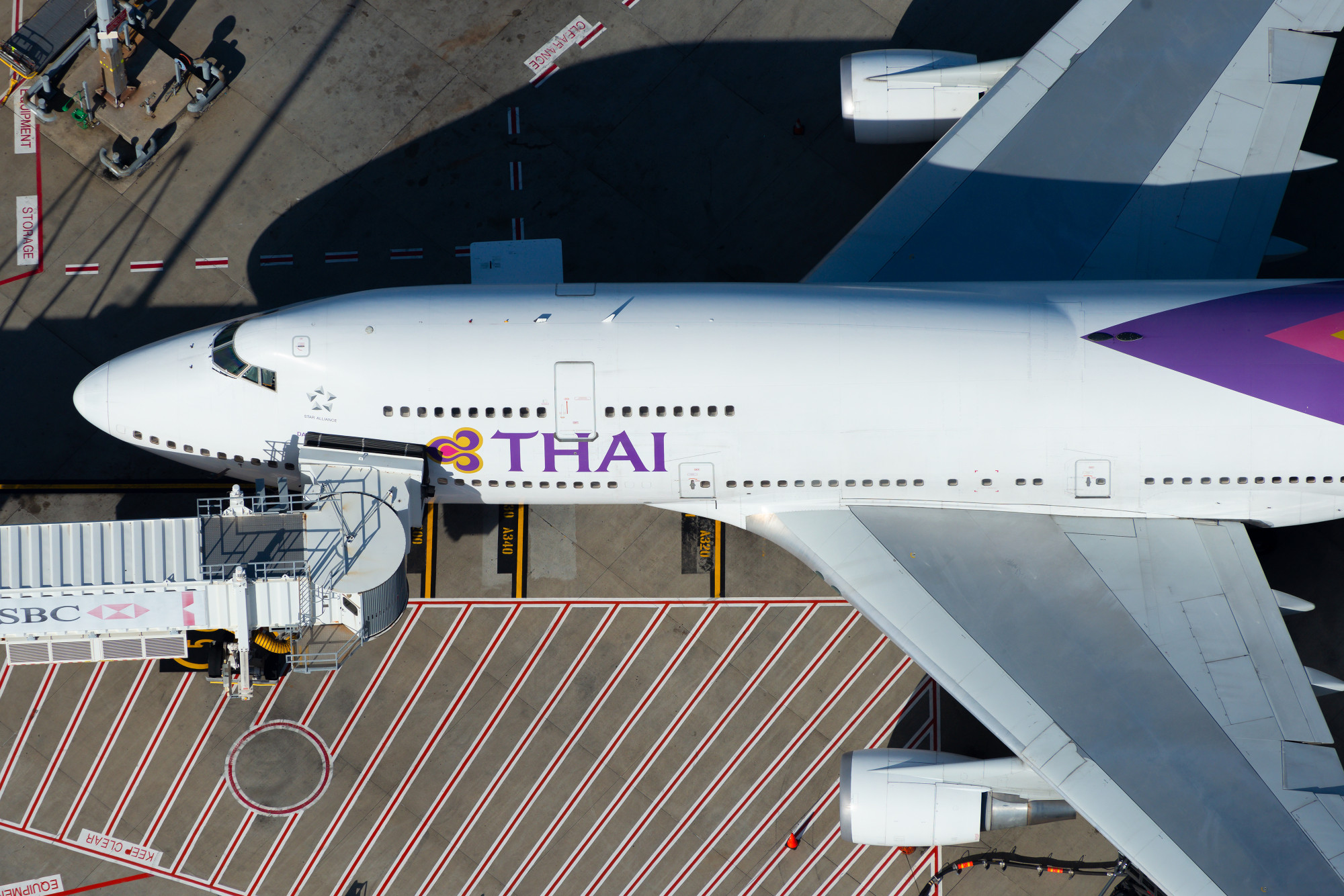
“My priority next year is to control the costs. The market is still uncertain. There are so many factors and the only thing we can do is control our costs, the cost strategy,” Chai said.
Endau Analytics’ Yusof said more Indians were expected to travel to Southeast Asia and beyond next year, but he was not confident they would replace the purchasing power of Chinese tourists.
“If you look at the network, if you look at airlines in India versus the major airlines in China, the Chinese carriers have been more structured and organised in terms of providing that impetus for tourism in and out of China,” he said.
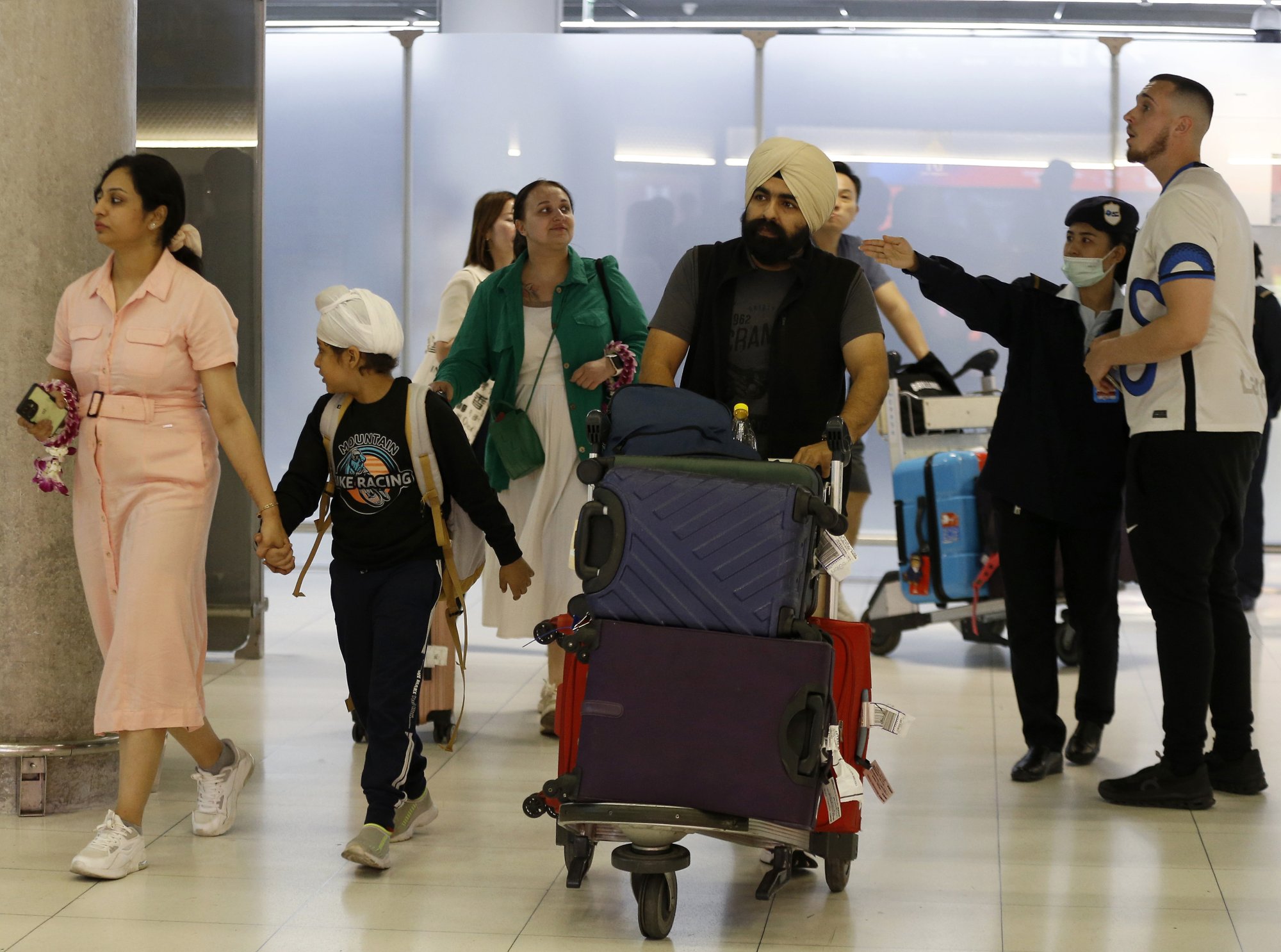
Still, India’s vast travel market is surging and its airlines are in a bullish mood.
Air India is taking delivery of a new aircraft every six days and will continue to do so until the end of next year, according to its CEO Campbell Wilson. India’s largest conglomerate Tata Group retook control of the flagship carrier in 2022.
India is already the third-largest travel market in the world but Wilson said there was a huge opportunity to grow further, it was just a matter of “seizing it”.
“There’s 37 million people in the diaspora and we don’t serve them particularly well, we haven’t served them particularly well. That’s going to change,” he said.
Planes without pilots
Airlines also face a welter of issues along their supply chains, from getting spare parts to repairing aircraft and maintaining a supply of pilots.
Cathay has 2,532 pilots on its books as of this month, according to the Hong Kong Aircrew Officers Association.
Herman Tse, senior aviation analyst at Cirium Ascend consultancy, said for Hong Kong to regain its aviation hub status, rebuilding its international network and overcoming labour shortages was key.
“How quickly Cathay can build their capacity will affect the recovery of the Hong Kong aviation industry,” he said.
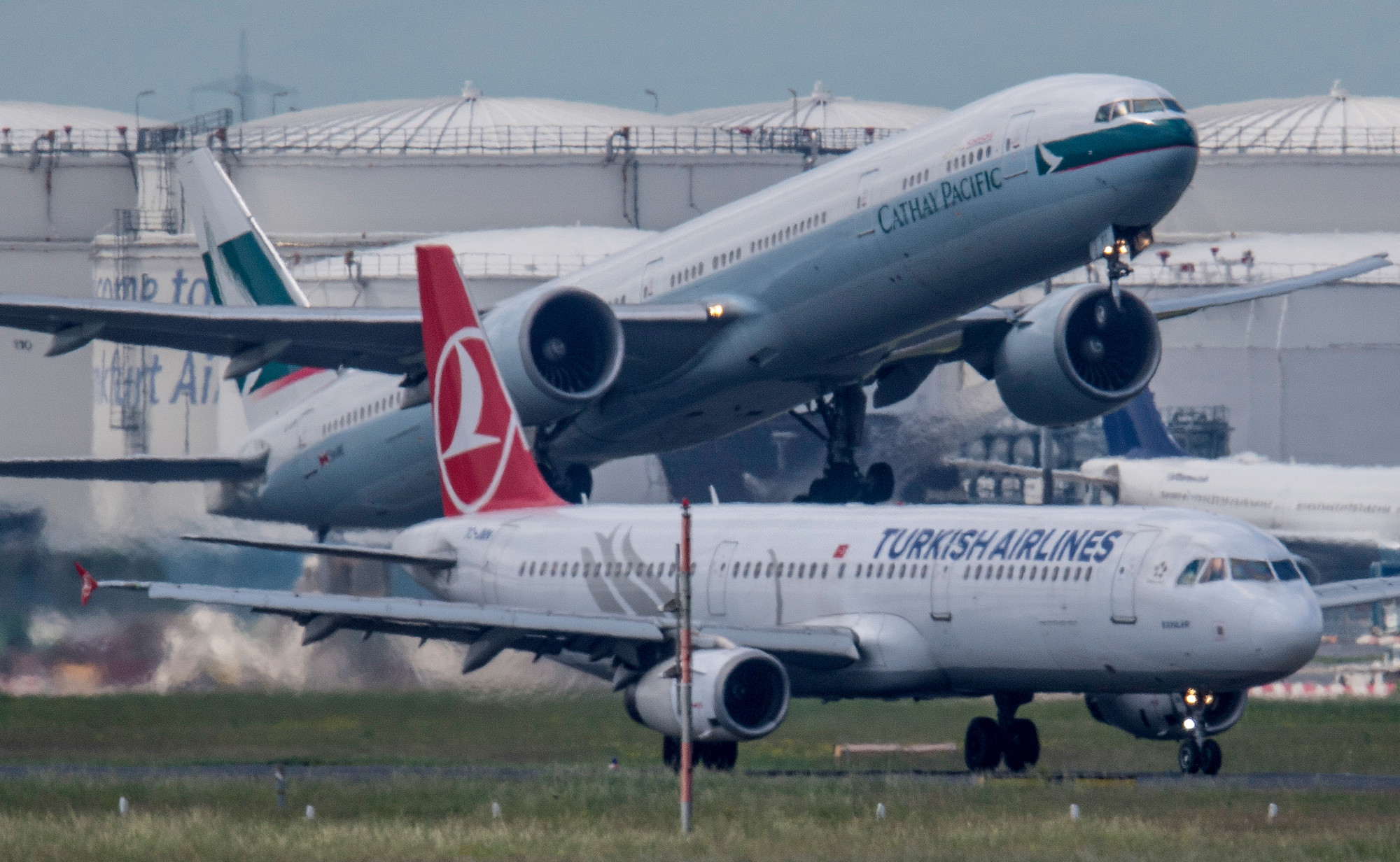
John Grant, a senior analyst at global travel data provider OAG, said the supply chain issue remains the industry’s biggest challenge, including in Asia, and will linger on into 2025.
Business travel also remained 25 to 30 per cent below pre-pandemic levels, he said, but there had been a growth in leisure travel by wealthier fliers.
“Is the growth in the leisure market, and particularly the premium leisure market, able to compensate for that loss of corporate travel? I think to a degree it is,” he said.
“It’s not going to be 100 per cent replacement but there is a growing group of people who are prepared to pay premium economy type fares and see a bit of service differentiation.”
Why Southeast Asian nations make a ‘concerted effort’ to court Indian tourists
Why Southeast Asian nations make a ‘concerted effort’ to court Indian tourists
Rough economic tides ahead look set to continue shaping the travel choices of Asia’s consumers, with many either booking their trips months in advance or waiting until the last minute hoping to see a drop in price before departure.
Hong Kong-based Dominique Backhouse, managing director of public relations agency Companion Communications, reduced the number of business trips she went on this year due to high air fares and the lack of direct routes to some destinations such as Sri Lankan capital Colombo.
And like millions of others, nowadays she has to plan her leisure travel further in advance than before.
“It used to be ‘let’s go to Phuket next weekend’,” she said of her holidays with husband Hamish. “Now it is December and we are booking to visit Korea next April.”
[ad_2]
Source link

